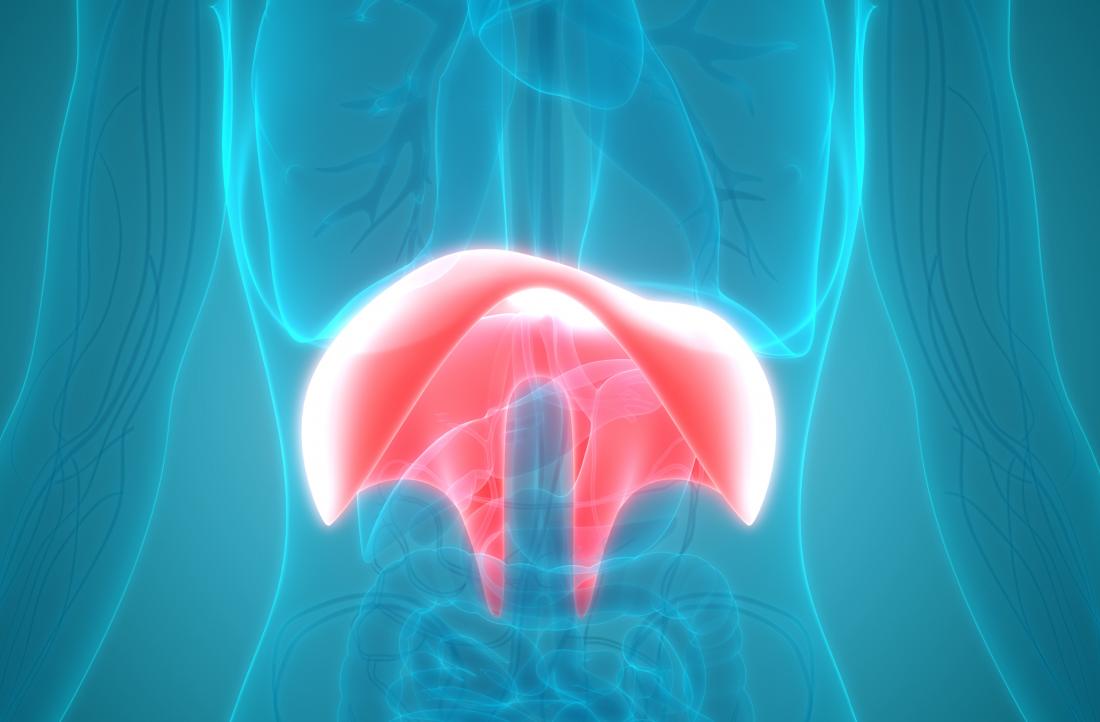It is well known that in order to recover from injury, we must transition our body’s mode of function into the parasympathetic or “recovery” system. This means that we slow down our heart rate, slow our respiration rate, and ramp up digestion and our immune systems. One of the primary communicators for our body in the transition between sympathetic (“fight or fight”) and parasympathetic (recovery) responses is our Thoracic Diaphragm, the primary breathing muscle! Although this Diaphragm is considered an involuntary muscle in that it contracts rhythmically and sub continuously, we do have active control in how it contracts and relaxes.
If we breathe slow, full, breaths the body is triggered to begin and complete the recovery process. This includes but is not limited to slowing heart rate and respiration rate, stopping the release of stress hormones, ramping up the digestive system, ramping up our immune system, and increasing blood and lymphatic flow to the brain and to the abdominal organs.
If we breathe short, fast breaths, the body is triggered to do all it needs to do for survival, transitioning into sympathetic mode. This includes but is not limited to ramping up heart rate and respiration rate, releasing stress hormones, pumping blood to our arms and legs and shutting down digestion and immune functions.
The Thoracic Diaphragm muscle is situated between the thorax and the abdomen with primary attachments to the lower ribs, the sternum, and the lumbar spine.
Aside from inhalation and exhalation of air, otherwise known as breathing, the diaphragm has a symbiotic relationship with our pelvic core muscle system. The Thoracic Diaphragm and the core muscles of the pelvic girdle (primarily the Transverse Abdominal, Multifidus back muscle and the pelvic floor muscle group) work together to support and assist in optimizing the function of the abdominal organs and to support and decompress the spine and joints of the spine and lower body. This wonderful
group effort occurs when the diaphragm moves upward, causing air to exit the lungs and creating a vacuuming effect on our abdomen (otherwise known as hypopression). The abdominal walls cave in, pulling our “core” muscles inwards, triggering their contraction inwards. In the contraction around the lower abdomen and spine, the bones of our lower spine and joints are forced apart or decompressed and stabilized, and our lower abdominal organs are lifted upwards! It’s brilliant! Once the core muscles are contracted inward, the lower pelvic floor muscles then continue to move with the Thoracic Diaphragm to create a lovely “massaging” movement of our abdominal organs assisting in regulation of motility in the digestive tract and urinary functions.
Diaphragmatic breathing is also directly related to reduced Telomere shortening with aging, reduced oxidative stress, and improved metabolic rate all by improving oxygen intake with inhalation and improving release of carbon atoms and waste with exhalation.
Optimizing the function of this diaphragm occurs when placed in its optimal postural position of function and then strengthened and lengthened through exercise, just like we do to optimize the function of any other voluntary muscle in our body.
The diaphragm functions best when the thoracic spine is in optimal elongated (upright) posture. This situates our rib cage in its most mobile position, allowing the diaphragm to move maximally through its flexibility range. Once position is optimal, we can begin to strengthen the diaphragm.
Optimize the strength and flexibility of our diaphragm can be attainable, provided it is exercised:
1. An upright thoracic spinal posture allows for full mobility of the diaphragm.
2. Learn to breathe through full mobility of the diaphragm: practice, practice, practice! Practice in
various positions such as laying on back, standing, sitting, in child pose (gravity assisted
position).
3. Perform resisted diaphragm exercises: for example Hypopressive breathing.
4. Perform diaphragmatic stretching: For example Pranayama Yoga
The first step to promoting recovery health is to determine any postural muscle imbalances and
receive guidance if deemed necessary in repairing any imbalances found. This will set you on
the right track and help you unlock your door of opportunity in gaining optimal health recovery!
Dr. Gaynell Anderson, DPT OMPT CHC



